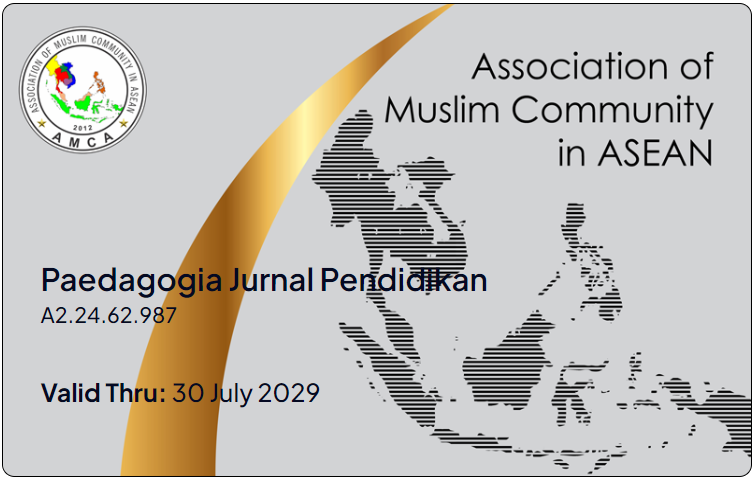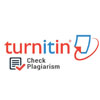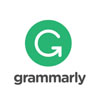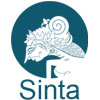IMPLEMENTASI BLENDED LEARNING DALAM MATA KULIAH ULUMUL QUR’AN PADA PASCASARJANA UNIVERSITAS ISLAM NEGERI ALAUDDIN MAKASSAR
Abstract
This study aims to see the implementation of blended learning in Ulumul Qur'an courses at uin Alauddin Makassar Postgraduate. The method used in this study uses a type of qualitative research related to the implementation of Blended Learning Courses Ulumul Qur'an at the Postgraduate UIN Alauddin Makassar. The results showed that: (1) the description of the model of implementation of the implementation of the study blended Ulumul Qur'an courses at the Postgraduate UIN Alauddin Makassar using a dual-system that is a combination of conventional systems with online. More use of online learning systems during the Pandemic (80%) compared to traditional face-to-face learning systems. The merger of the two systems includes the incorporation of learning resources as well (learning modules, textbooks, and journals), the implementation of learning (online discussions, watching videos, and accessing supporting resources, and the incorporation of a learning evaluation system, including standardized assessment through quizzing, midterm exams, and final exams. (2) the results of the implementation of blended learning in Ulumul Qur'an courses are illustrated from five main aspects, namely (a) increased utilization of various sources, (b) increased active participation, (c) increased ability to construct knowledge, (d) activation of feedback, and (e) improvement of academic achievement
Downloads
References
Hooft, Y.-M. LinM. Van’t. “The Impact of Blogs on Student Perceptions toward Social Interaction and Learning Satisfaction in Blended Learning.” International Conference on Computers in Education (2008): 833–839. https://www.semanticscholar.org/paper/The-Impact-of-Blogs-on-Student-Perceptions-toward-Lina-Hooftb/0c185ff138b9ed415768b4deb2c3bf2732b1f86d#citing-papers.
Ibrahim, Nurdin. “Hubungan Antara Belajar Mandiri Dan Motivasi Berprestasi Dengan Hasil Belajar Pendidikan Agama Islam Di SMP Terbuka.” Lentera Pendidikan 15, no. 1 (2012): 1–17.
Manrique, Cecilia, and Gabriel Manrique. “Leveraging Learning Resources: Social Networking, Online Teaching Utilities, Digital Media And The Modern Classroom Experience.” International Journal of Arts & Sciences 4, no. 21 (2011): 215–222.
Moleong, Lexi J. Metodologi Penelitian Kualitatif. XXVII. Bandung: Remada Rosdakarya, 2010.
Rennie, Frank. “The Use of Flexible Learning Resources for Geographically Distributed Rural Students.” Journal of Distance Education 24, no. 1 (2003).
Retnaningsih, Rahayu. “E-Learning System Sebuah Solusi Pragmatis Program Vokasional Semasa Pandemi COVID-19.” Jurnal Taman Vokasi 8, no. 1 (2020): 28–34.
Yaumi, Muhammad, and Muljono Damopolii. “Desain Blended Learning: Model Pemaduan Sumber Belajar Online Dan Tradisional.” In Konferensi Nasional Ke- 6 Asosiasi Program Pascasarjana Perguruan Tinggi Muhammadiyah ‘Aisyiyah, 135–145. Yogyakarta: Program Pascasarjana Universitas Muhammadiyah Yogyakarta, 2017. http://repositori.uin-alauddin.ac.id/14929/.
The author agrees to the following conditions upon publishing a work to Paedagogia: Jurnal Pendidikan:
1. Each article is licensed under a Creative Commons Attribution-NonCommercial 4.0 International License. The author(s) recognizes that Paedagogia: Jurnal Pendidikan has the right to be the first to publish under a Creative Commons Attribution-NonCommercial 4.0 International License. This license permits the copying and redistribution of this material in any form or format, as well as the composition, modification, and creation of derivative works of this material for any purpose, but Non commercial, as long as the author is credited with the original work.
2. Authors may submit articles separately or arrange for non-exclusive distribution of manuscripts previously published in this journal in other forms (e.g., to the author's institutional repository, publication in books, etc. ), provided that the manuscript is acknowledged as having been published first in the Paedagogia: Jurnal Pendidikan.
3. A copyright submission agreement must attach each approved manuscript prior to publication. You may obtain the form for the copyright submission agreement here (INA) (EN).

































 This work is licensed under a
This work is licensed under a 